Former capital of Gaul and today the third largest city in France, the discreet charm of Lyon’s culture and gastronomy will take you by surprise. At first, due to its narrow cobbled streets, its marvellous monuments, the numerous museums, its grandiose squares, landscaped parks and cultural spaces. But above all, Lyon is generally acknowledged to be, even by the Parisians, the gastronomic capital of France!
But further still, Lyon is also the birthplace of the Lumière brothers, considered to be the inventors of cinema and creators of the first ever movie. It’s well known for its vibrant cultural life and international festivals, such as the Fête de Lumières (Festival of Lights) and the Lyon Biennale of Contemporary Art. It has been a UNESCO Cultural Heritage site since 1998. And, to top it all off, Lyon occupies an important position as an economic and innovation center in Europe with more than 600 public and private research laboratories, including 12 LabEX (with the “laboratory of excellence” seal) and is the second leading French region in patent applications.
How to get there and where to stay in the city of charm
Leaving Barcelona, we opted for a more sustainable means of transport and took the high-speed train. But if you are far away and want to get there quickly, Lyon is very well connected through its Saint-Exupéry Airport. Of course, in honor of the author of “The Little Prince”, Antoine Saint-Exupéry, a native of Lyon.
Most tourists stay in the Vieux Lyon neighborhood, but we decided to rent an apartment in Croix Rosset (“Red Cross”), a tip from a friend from Lyon who loves this neighborhood. We loved it too. The neighborhood has an interesting history and is considered to be one of the coolest in the city. In the 19th century, the Croix-Rousse hill was known as “the hill that works” (industrial silk weaving), as opposed to the “hill that prays”, the hill of Fourvière, where the Basilica Notre Dame de Fourvière is located. Let’s talk about them later.
Lyon City Card: great tip to save money
The first tip is to buy the Lyon City Card. You can buy a 24, 48, 72 or 96 hour card! With this, you will have access to nearly all the museums, attractions, guided tours, boat trips, among others, and in addition being able to use the different types of transport that the city offers: subway, bus and light rail. Very much recommended! Also included was the tourist bus, which was interesting to take and learn a little about the history of Lyon and see some details that we hadn’t yet seen walking around the city.
The discreet elegance of the Vieux Lyon neighborhood
Vieux Lyon (Old Lyon) is the medieval and Renaissance district. It is located on the banks of the River Saône, at the foot of the Fourvière hill. It is one of the largest neighborhoods from the medieval and Renaissance period (along with Venice), which is still intact today. It is no coincidence that it is a UNESCO Heritage Site.
Walking through the streets of Vieux Lyon is a feast for the eyes: cobblestone sidewalks, beautiful architecture, t traditional restaurants (bouchons lyonnaises), small charming shops and let’s not forget the secret passages, Les traboules, that were once used by, workers to move quickly around the city. The doors to these “traboules” are signposted, look for one of them and live the experience. You will feel like you are entering a time tunnel.
Fourvière Hill: Notre Dame Basilica and Lugdunum
On the Fourvière hill, which is at the foot of Vieux Lyon, you have different attractions: Lugdunum (former name of Lyon), which includes the remains of Roman theaters, the Lugdunum Museum, and the Notre Dame Basilica. If you want to see them all on the same day, start early.
The best and most picturesque option is to take the funicular. If you want to see the Roman theaters and the Lugdunum Museum, just get off one stop before Fourvière station. The ancient theaters recall the early days of Lyon and the visit is free: the great theater, built in the 1st century BC, had the capacity to accommodate up to 10,000 spectators! Next door, the Lugdunum Museum displays archaeological finds and tells the story of Lyon’s first inhabitants.
Notre Dame Basilica of Fourvière
After visiting Lugdunum, just climb a little further and you reach the top of Fourvière hill, where the Basilica dominates the city’s skyline. A masterpiece of neo-Byzantine architecture and one of Lyon’s most representative monuments, the Basilica is also part of the UNESCO World Heritage Site., very beautiful inside and out. From the terrace you have a beautiful panoramic view of the city and the Rhône river.
Then, forget the funicular, car or bus. Walk back down and observe the beautiful Rosário Gardens. It’s a long descent, with many stairs until you reach Vieux Lyon. But better down than up!
The city of museums
Lyon has around 20 museums, from art museums to resistance museums. We only visited 2 because time was short. Therefore, I recommend calculating your time and choosing the museums you want to visit very carefully.
Museum of Cinema et de La Minature (Museum of Cinema and Miniature)
A fascinating place where the magic of small children comes to life. Located in Vieux Lyon, the museum displays an impressive collection of meticulously detailed miniatures, ranging from historical scenes to recreations of everyday life. You can also see the life-size sets from the film “The Perfume”, impressive!
Musée des Confluences (Museum of Confluences)
Opened in 2014, it is located at the meeting of the Rhône and Saône rivers, with contemporary and futuristic architecture, created by Coop Himmelb(l)au. A museum of science, natural history and anthropology offering interactive exhibits and multimedia experiences to explore the evolution of the world and humanity. I was moved to see references from the indigenous tribes of Brazil, showing the ancestral wisdom and the closeness of the Indians with nature.
Museums for all
In addition to these museums, I personally would also like to have visited these:
Lumière Museum. Located at the Lumière Institute, which used to be the house that the Lumière brothers’ father built in 1900.
CHRD Center D’histoire De La Resistance Et De La Deportation (Center for the History of Resistance and Deportation). Also known as the “Resistance Museum”, it tells the story of the French resistance and the deportation of Jews during the Second World War.
Musée Gadagne Includes two main collections: the Lyon History Museum and the International Puppet Museum.
Musée des Tissus et des Arts Décoratifs (Museum of Decorative Arts and Textiles). Collection of textiles, tapestries, costumes and decorative art objects.
Musée des Beaux-Arts (Fine Arts Museum). The beautiful building alone is worth the visit. It includes works by artists such as Rubens, Delacroix, Picasso and Gauguin, among others.
The bouchon Lyonnaise restaurants
Lyon has been known as the world capital of gastronomy since 1935, when the famous culinary critic Curnonsky gave the city that title. It’s easy to agree with him. Lyon has 4000 restaurants with the majority of them serving delicious food, from what we saw The most common is the “bouchon lyonnais”, a typical restaurant from the Lyon region that serves traditional Lyonnais cuisine in a welcoming and familiar atmosphere.
Most of these offer the “Menu Du Jour” (menu of the day) during the day and at night, which allows you to eat well while spending little. The menu includes the first course, second course and dessert. The drink is not included on the menu, but it is worth ordering a glass of the local wine: Cotê du Rhone.
A Bouchon Lyonnais usually offers dishes such as quenelle de brochet (a type of fish cake), andouillette (pig intestine sausage), Lyonnaise salad and other regional dishes. As it is a food with a lot of meat, we also went to two vegan restaurants, which I definitely recommend: Like an Elephant and Carre Jardin
Chef Paul Bocuse and his legacy
If you want to have a haute cuisine experience, Lyon has great chefs, like Paul Bocuse, the most famous of them, who sadly passed away in 2018 left a legacy. Its luxurious restaurant, L’Auberge du Pont de Collonges, is an iconic destination. It also has a chain of brasseries in Lyon, each specializing in different aspects of French cuisine, and it has a market in Lyon, Las Hallas De Lyon Paul Bocuse, which sells its products online!
There is another famous Paul in Lyon, Paul Depuis 1889 where you can taste a delicious croissant, the best in Lyon! Speaking of sweets, be sure to try ‘le café Gourmand’. You can order it as a dessert or as a snack, each restaurant and café makes their own style, “Café Gourmand”, following the basic rule: an Espresso coffee, surrounded by different samples of small sweets Yumm!!!
The Croix Rousse neighborhood
The Croix-Rousse neighborhood, located on the hill that has the same name, is one of the most characteristic and charming places in Lyon. During the 19th century, the hill was lined with silk weaving workshops, the city’s main industry at that time. Today it is still possible to find remnants of this heritage in the form of traboules (secret passages) and old silk factories converted into cultural spaces.
As you climb or descend the Croix-Rousse hill, you will enjoy beautiful views of the city. Narrow streets, steep stairs and lively squares with many cafes, antique shops, art galleries and artists’ workshops add to the creative and vibrant atmosphere.
The “Mur des Canuts”
A mandatory stopping point on this walk is the “Mur des Canuts”, the largest graffiti wall mural in the world, measuring more than 1,200 square meters. The “Canuts” were the silk workers of Croix-Rousse and their history is represented in this large building that was formerly a silk factory. It’s amazing how many scenes and details there are in this mural.
Another major attraction in the neighborhood is La Croix-Rousse Market. One of the biggest and liveliest in Lyon, it takes place three times a week and offers a wide variety of fresh products, from fruits and vegetables to cheeses and local products. It’s a great place to immerse yourself in the local gastronomic culture and enjoy the daily life of the neighborhood.
Place de Terreaux, Rue de République and Hotel-Dieux
I can’t fail to mention Place de Terreaux, in the city center, where the Lyon City Hall building is located. A beautiful example of the city’s Renaissance architecture. In front of this building, a majestic statue of a woman on a carriage with several horses spouting fountains of water. By the same sculptor as the “Statue of Liberty”, in New York.
Leaving Place de Terreaux, walk along the Rua RepúbliquePass the wonderful Lyon Opera building and continue ambling down Rue République until you reach the Grand Hotel-Dieux, another mandatory stop! Formerly a hospice, hospital and maternity ward, today this gigantic building, which looks more like a palace, is a modern shopping location, with restaurants, cafes, a convention center, an international gastronomy center and a 5-star hotel. We went to an exhibition at the International Gastronomy Center and took the opportunity to walk through its splendor.
A “Petit Paris”
As you can see, Lyon is a city to explore on foot. And given the day, take the opportunity to walk along the banks of the Rhône River, where there are several boats that are now bars and restaurants. It also has green spaces where people picnic or simply relax.
Lyon is a city full of secrets and surprises. “A Petit Paris” with the best that the French capital can offer, but in a smaller format. If you haven’t already been to Lyon, you should definitely go. Take advantage of this elegantly discreet city, reasonably affordable with mass tourism that has not yet arrived and a hospitality that I was unexpected. Merci beaucoup Lovely Lyon
I have also written about my other trips to Estocolmo, Helsinki, Cuba, Trinidad (Cuba), Palermo and about the neighborhood where I live, Chinatown Hipster Barcelona. If you like traveling be sure to check them out!
- Jardines Rosario
- Place Terreaux
- Rio Rhône
- Metro Hôtel de Ville
- Vieux Lyon
- Vieux Lyon
- Museo Confluences
- Colina Fourvière
- Croix Rosset

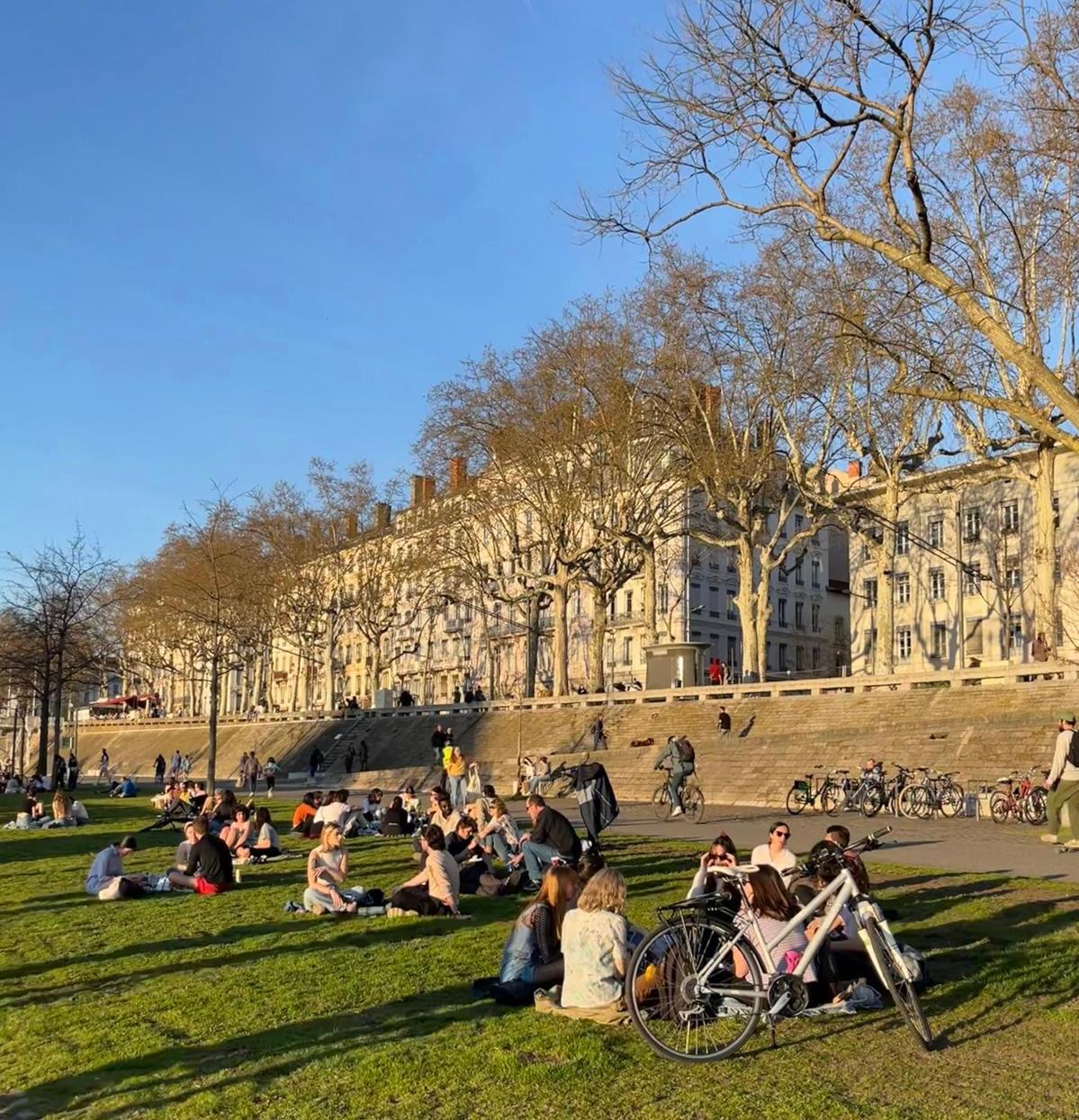












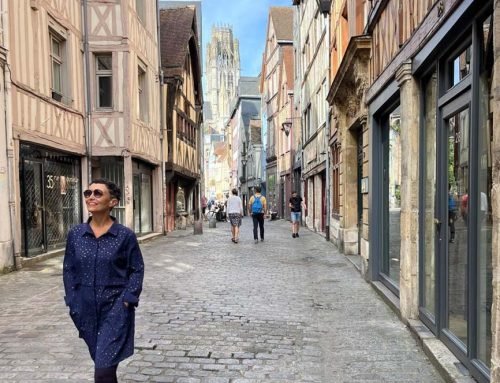

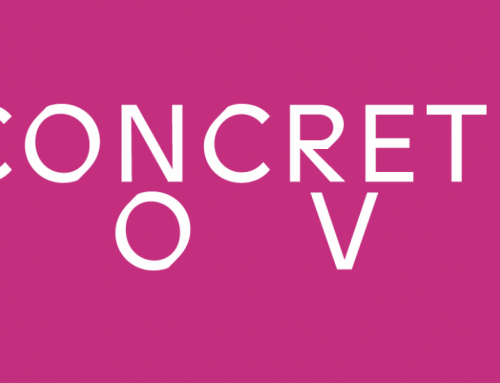
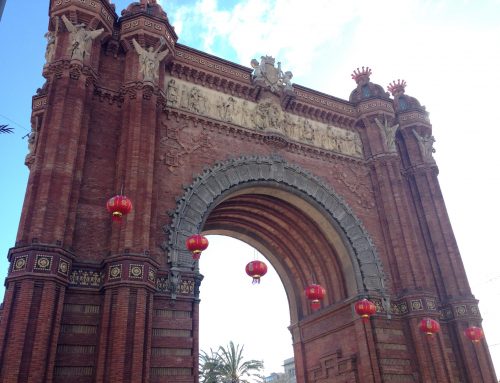
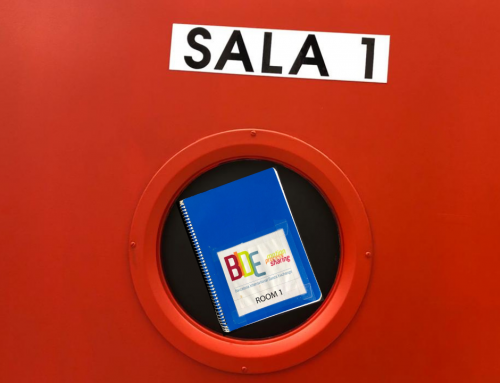
Leave A Comment